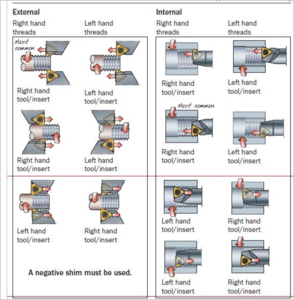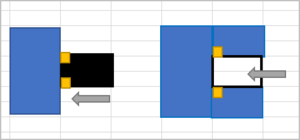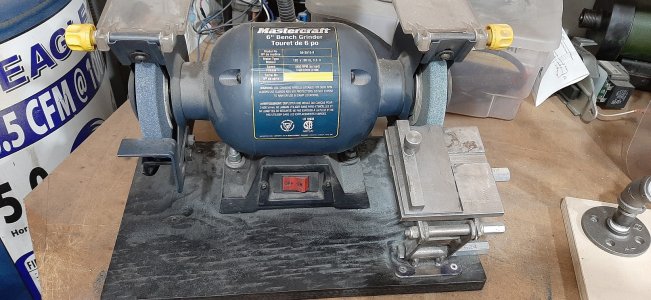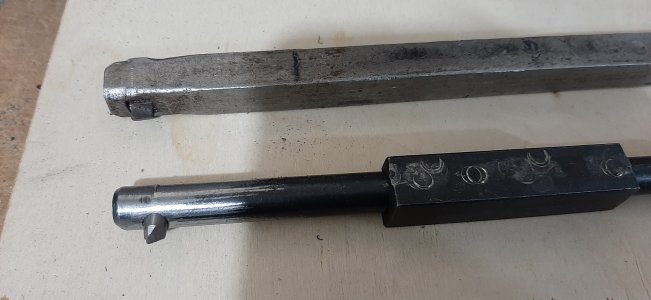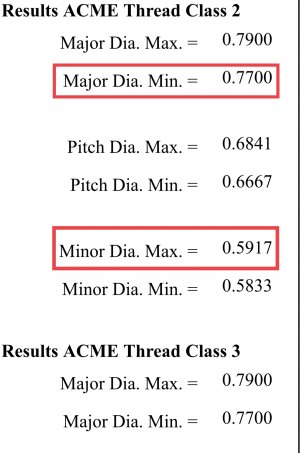I'm looking for someone to educate me on the finer points of internal threading. As a baseline, I've never internally thread anything.
I recently ordered some tool holders/carbide-inserts from Aliexpress, and the learning curve on the insert/holder naming conventions was pretty steep. When I looked at the inserts and holders that arrived, I'm still confused.
Some base questions I have are:
Left hand vs. Right Hand internal threading
Pros/Cons?
ACME Threading
I know nothing -- all opinions welcome -- you can't hurt my feelings.
Bonus Question:
I recently ordered some tool holders/carbide-inserts from Aliexpress, and the learning curve on the insert/holder naming conventions was pretty steep. When I looked at the inserts and holders that arrived, I'm still confused.
Some base questions I have are:
Left hand vs. Right Hand internal threading
- What side of the bore does the tool work? I've ready about inverting the cutter and running in reverse etc. but haven't put any of it into practice. My right-hand holder looks to cut on the left side of the bore, the left hand holder looks to cut on the right?
- Does your chuck always run in the normal (forward) rotation?
- Do you thread towards the headstock or away from it?
Pros/Cons?
ACME Threading
- Internally, assuming a larger bore (1.5" or bigger), single-point or tap?
- HSS vs. Carbide?
I know nothing -- all opinions welcome -- you can't hurt my feelings.
Bonus Question:



